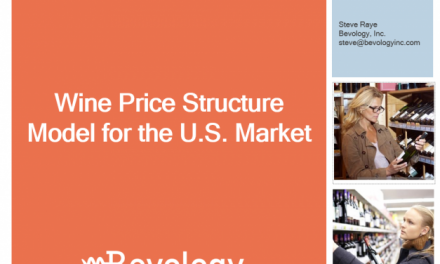I had the honor of speaking on a panel discussion at last week’s Vino 2009 event in New York on “Vintners’ Access to the American Wine Market.” (That’s me hiding behind Lynn Walding.) Not surprisingly, the issue of direct-to-consumer shipments was the key point of debate. As we all know, distributor consolidation has exacerbated the situation further leaving few options for smaller producers, many of whom were among the 250+ exhibiting at Italian Trade Commission-sponsored event.
Tom Wark of SWRA (Specialty Wine Retailers Association) eloquently voiced his mantra that there ought to be a level playing field for consumers, as well as suppliers, distributors and retailers. The U.S. may be on the brink of becoming the largest wine market in the world, but the reality is that consumers in many states don’t have access to more than a fraction of the wines currently imported into the U.S. because of the three-tier system. His point of view was countered by Jim Rowland of WSWA who reinforced the reasons why the current 3-tier system works. Lynn Walding who leads the Iowa State Alc. Bev. division gave what to me was the most compelling argument as to why the system is unlikely to change…money. The system may be archaic, dating back 75 years to repeal, but the grandfathered entities…Control States and distributors.. are powerful forces with a vested interest in maintaining the status quo. John Beaudette of MHW addressed the complicated registration process suppliers need to be familiar with to even get samples into the country.
One solution I’ve been a proponent of is e-commerce which is a way producers who can’t get on the physical shelf, can at least get on the virtual shelf of many retail stores that have e-comm sites. And in spite of a couple of state law changes in MA, IL and KY to the contrary, I think it’s a solution that ultimately may undermine the three tier system itself.
So stay tuned…with Amazon.com’s wine initiative coming down the pike, the argument is definitely going to heat up.








